Pipits and Skylarks seem to be a regular identification query posted on social media. They are generally similar, can inhabit similar habitat and can both be considered LBJs (Little Brown Jobs). Growing up in South Africa we had a plethora of LBJs to sort through with multiple larks, multiple pipits, eremomelas, chats, warblers, prinias and cisticolas amongst others. When birding there with a friend from the UK, she would regularly find “pipity things”. In New Zealand it is relatively simple, if you can exclude the finch type birds, if it’s not a NZ Pipit it’s probably an Eurasian Skylark.
Firstly if your bird is walking on the ground or beach it is probably a native Pīhoihoi/NZ Pipit. Eurasian Skylarks were introduced from England between 1864 and 1879 and are more often heard than easily seen. They fly high singing and in areas with good numbers it seems as if the sky is singing as the tiny birds are too high to easily see. At the end of their flight they drop down rapidly and conceal themselves in the grass where they will crouch before flushing if disturbed. Pipits on the other hand will tend to walk away from an approaching human before flying.
These next two images show calling Pīhoihoi/NZ Pipit and Eurasian Skylark perched to compare their features. These images were made not 100m apart with both species making use of posts holding tapes marking bird breeding areas.
While both have similar coloration, the obvious differences are the Pipits’s prominent pale eyebrow stripe and the Skylark’s crest. Behaviour is the first clue with Pipits more likely to be seen moving on the ground foraging. Standing tall and striding about in search of food.
Skylarks are generally heard singing and if you see one dropping down they usually disappear into the ground cover. Occasionally one will co-operate and stay out in the open. I’ve found Pūkorokoro/Miranda to be one of the best locations for Skylarks with huge numbers singing so opportunities to see them in flight as they rise and fall. At times they will stand around on the gravelled paths doing a reasonable Pipit impression.
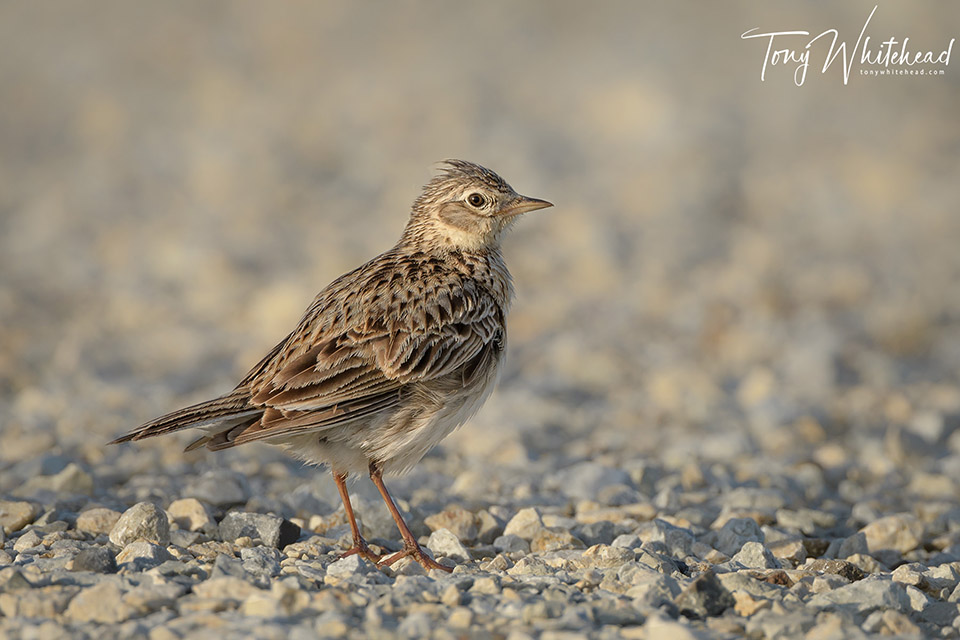
Photos with Nikon Z9 and Nikkor z 800mm f6.3 VR S
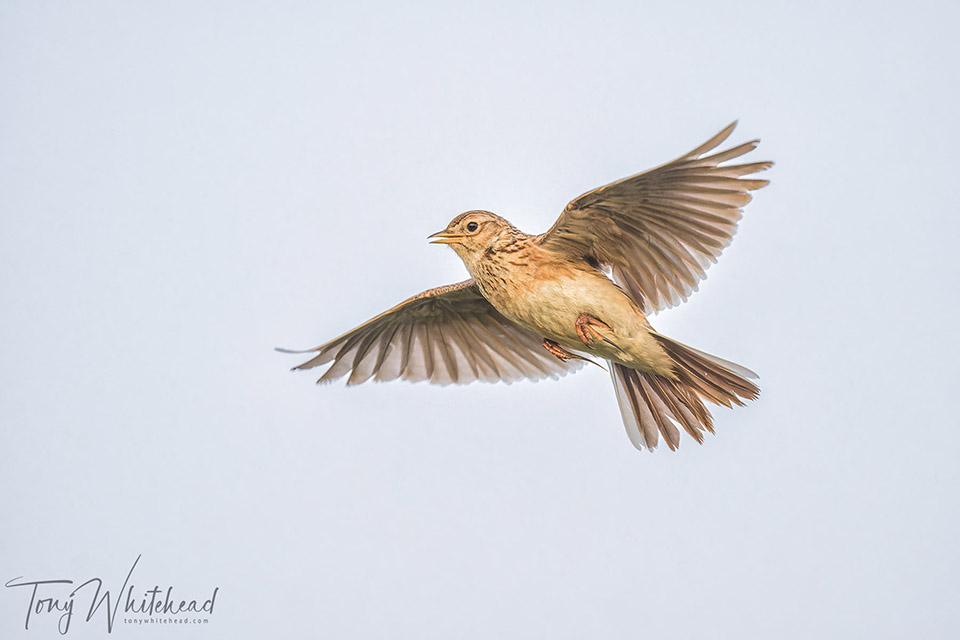
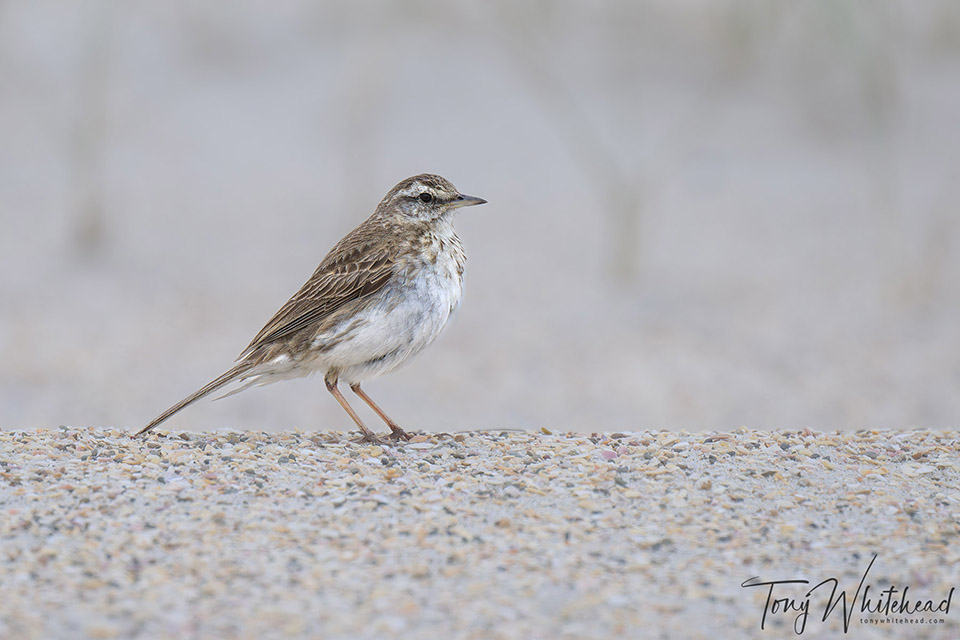
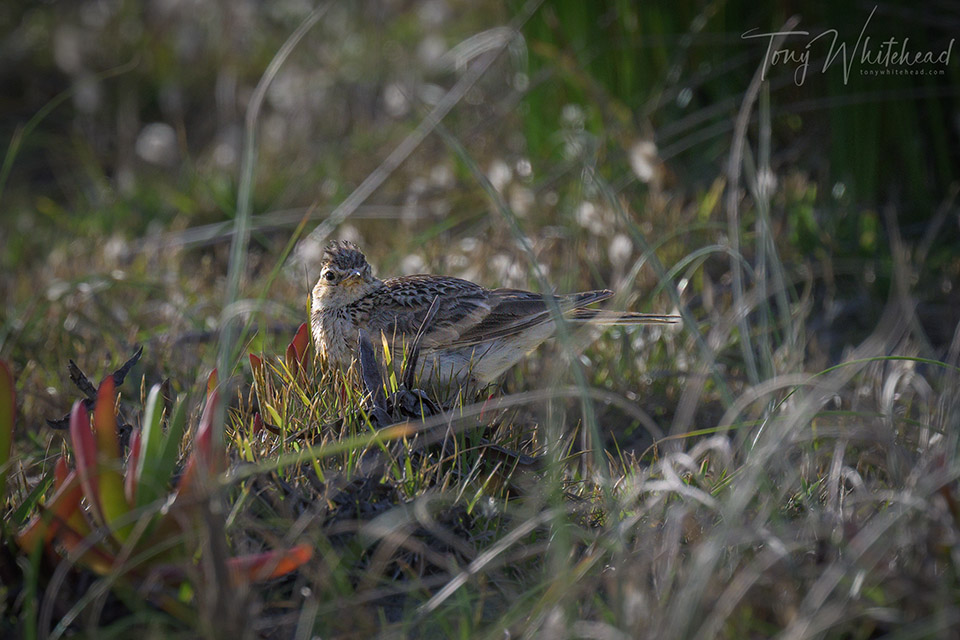
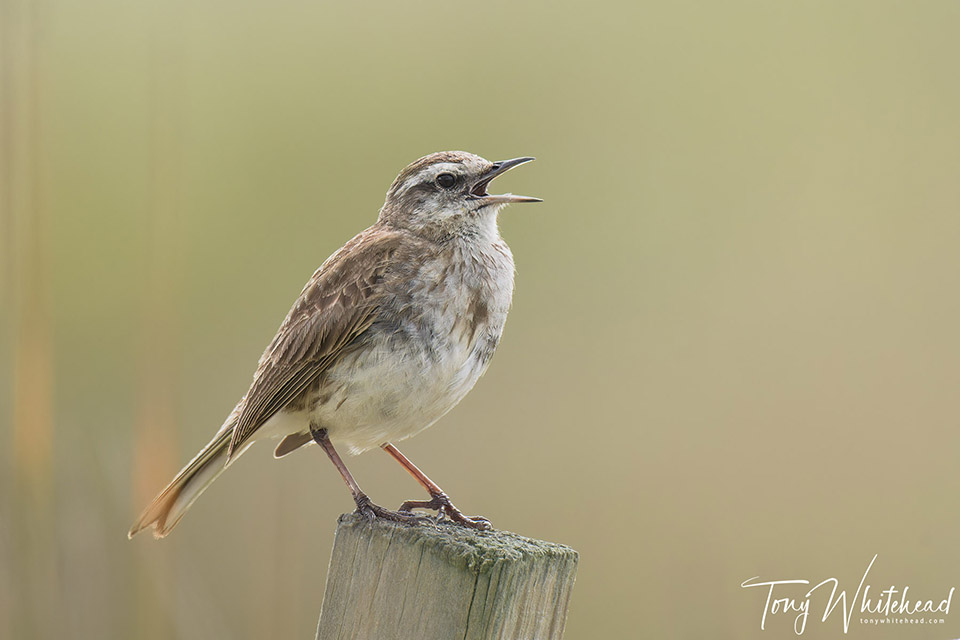
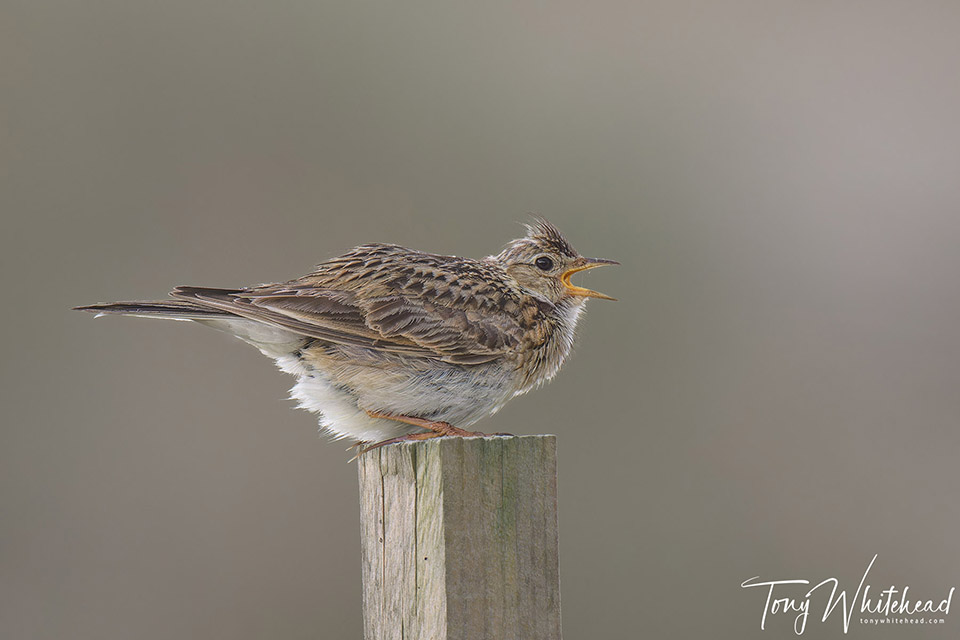
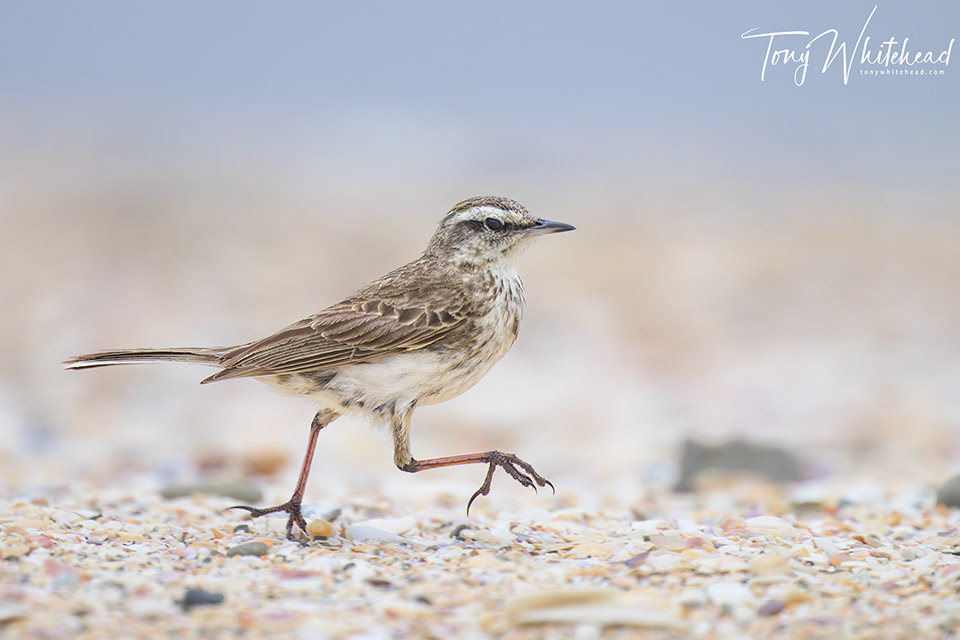
David Jenkins
4 Feb 2024Thanks Tony, A really good, clear help with good observation differences. In Australia we have the same difficulty between the two. Always a challenge sometimes until I get home and check on the computer.
tony
5 Feb 2024Thanks David. Good to know that you found it useful.
Chris Kurton
8 Feb 2024Do you still use your D500? How much of an improvement would you say the Z9 focus for bird photography is? Thinking of moving to mirror less.
tony
10 Feb 2024Hi Chris, I still have my D500, 500PF and 300PF but seldom m use them now.The future is mirrorless and the latest firmware for the Z9 and now just released for the Z8 is a big upgrade for bird photography. That’s not to say you can no longer do excellent work with the D500 but eye AF now makes certain things a lot easier with the Z8/9. Blackout free viewfinder, exposure preview and live histogram is hard to give up once you’re used to having it.